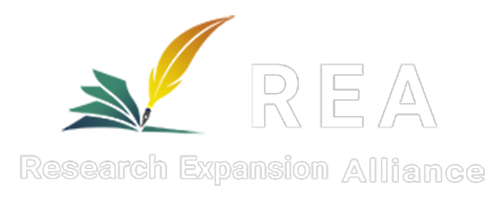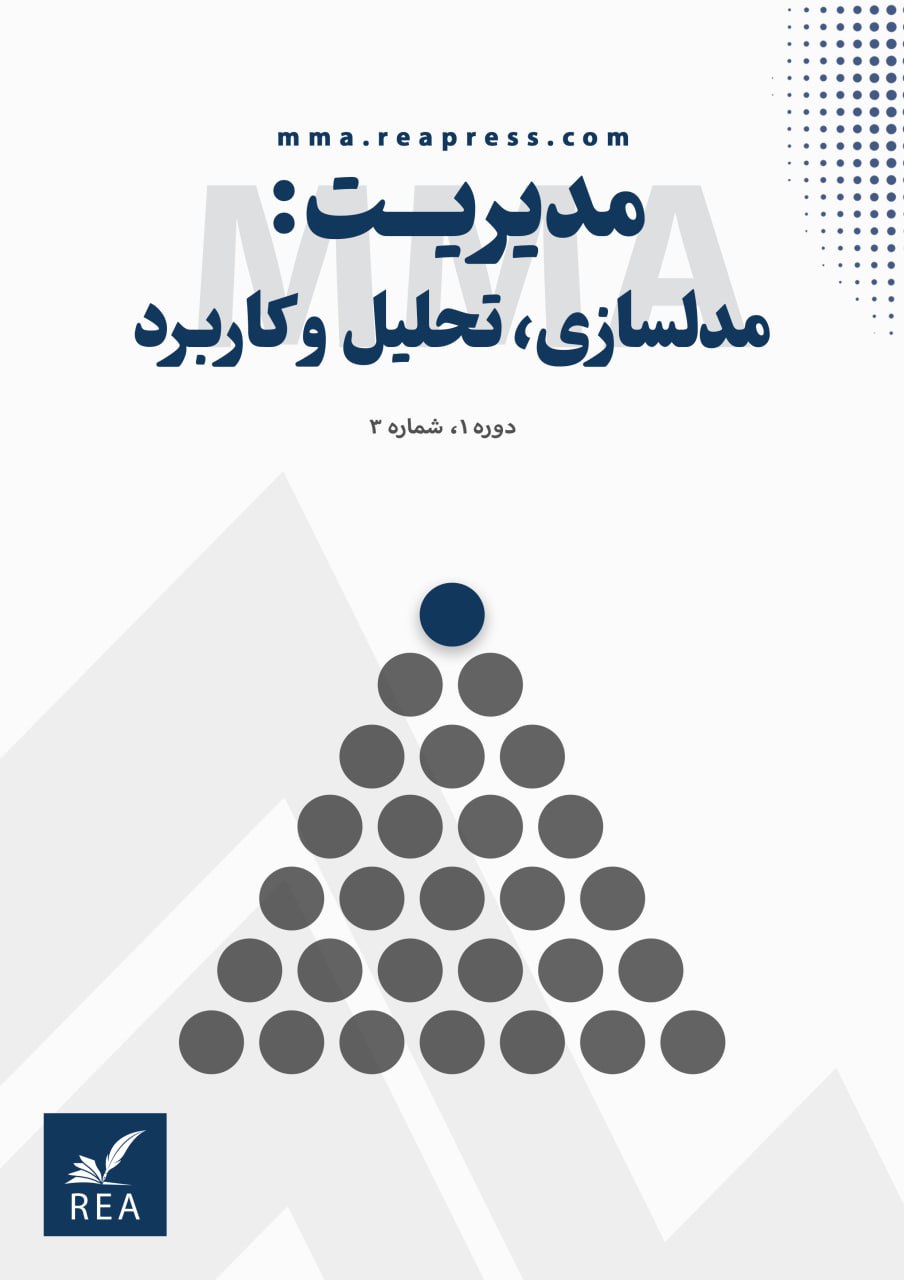شناسایی و رتبهبندی عوامل موثر بر بهرهوری پایدار در صنعت تولید تجهیزات پزشکی با روش اورسته
چکیده
هدف: پژوهش حاضر با هدف شناسایی و رتبهبندی عوامل موثر بر بهرهوری پایدار در صنعت تولید تجهیزات پزشکی انجام شده است. بهرهوری پایدار از موضوعات نوظهور و حیاتی در بهبود مستمر عملکرد صنایع میباشد که نیازمند شناخت دقیق عوامل تاثیرگذار است.
روششناسی پژوهش: این تحقیق از نوع کاربردی و اکتشافی است. جامعه آماری شامل خبرگان صنعت تولید تجهیزات پزشکی بوده و نمونهای ۱۵ نفری بهصورت غیرتصادفی انتخاب شد. دادهها از طریق مصاحبه و پرسشنامه محققساخته جمعآوری گردید که روایی آن به تایید خبرگان و پایایی آن با ضریب آلفای کرونباخ 79/0 تایید شد. برای تحلیل و رتبهبندی عوامل از روش اورسته استفاده شد.
یافتها: یافتهها نشان داد که ۳۳ عامل بر بهرهوری پایدار در صنعت تجهیزات پزشکی تاثیرگذار هستند. رتبهبندی عوامل، تولید تجهیزات مطابق استانداردهای جهانی (با امتیاز ۱)، جذب استعدادهای علمی (0/840) و افزایش توان ریسکپذیری (0/740) را بهترتیب بهعنوان سه عامل برتر معرفی نمود.
اصالت/ارزش افزوده علمی: نوآوری این تحقیق در کاربرد روش اورسته برای شناسایی و اولویتبندی دقیق عوامل بهرهوری پایدار در حوزه تخصصی تولید تجهیزات پزشکی و ارایه چارچوبی کاربردی جهت بهبود مستمر بهرهوری در این صنعت است.
کلمات کلیدی:
بهرهوری، بهرهوری پایدار، تجهیزات پزشکی، روش اورستهمراجع
- [1] Gurmu, A. T. (2021). Fuzzy synthetic evaluation of human resource management practices influencing construction labour productivity. International journal of productivity and performance management, 70(2), 256–276. https://doi.org/10.1108/IJPPM-04-2019-0198
- [2] Liu, M., & Hu, X. (2022). Movers’ advantages: The effect of mobility on scientists’ productivity and collaboration. Journal of informetrics, 16(3), 101311. https://doi.org/10.1016/j.joi.2022.101311
- [3] Bao, C., Zhao, X., Li, Y., & Li, Z. (2023). How to maintain sustainable research productivity: from talents mobility perspective. Sustainability, 15(15), 11506. http://dx.doi.org/10.3390/su151511506
- [4] O’Donnell, C. (2022). How to build sustainable productivity indexes. https://B2n.ir/yj7813
- [5] Azizi, N., Akhavan, P., Philsoophian, M., Davison, C., Haass, O., & Saremi, S. (2021). Exploring the factors affecting sustainable human resource productivity in railway lines. Sustainability, 14(1), 225. https://doi.org/10.3390/su14010225
- [6] Shaker, S., Marjani, A. B., & Haghighi, M. (2022). Presenting a sustainable productivity model in the development and improvement of strategic human resource management (Case study: Maskan Bank). Strategic management research, 28(85), 95–120. (In Persian). https://doi.org/20.1001.1.22285067.1401.28.85.4.0 :D
- [7] Montazeri, M., Yaghoubipour, A., & Jalalian, G. (2012). An interpretive structural model of drivers of sustainable productivity based on environmental knowledge and awareness. Environmental education and sustainable development, 11(2), 45-66. (In Persian). https://doi.org/10.30473/ee.2023.55166.2268
- [8] Fathi, F., & Ghorbanian, E. (2021). Sustainability of factor productivity in the MENA region with emphasis on ecological footprint. Quarterly journal of environmental sciences, 19(3), 177–192. (In Persian). https://envs.sbu.ac.ir/article_101122_806a4dfc103a5ac96167fb165db88a6f.pdf
- [9] Tesfaye Geta, E., Terefa, D. R., & Desisa, A. E. (2023). Efficiency of medical equipment utilization and its associated factors at public referral hospitals in East Wollega Zone, Oromia regional state, Ethiopia. Medical devices: Evidence and research, 16, 37–46. https://doi.org/10.2147/MDER.S401041
- [10] Mojelan, M. M., Satari, S., Soleimani, T., & Daryani, S. M. (2021). Factor analysis of human resource productivity measurement indicators with emphasis on dimensions of organizational environment and leadership quality in service organizations. Humanidades & inovação, 8(31), 162–176. https://revista.unitins.br/index.php/humanidadeseinovacao/article/view/5286
- [11] Yu, J., Liu, Z., Zhang, T., Hatab, A. A., & Lan, J. (2020). Measuring productivity of healthcare services under environmental constraints: evidence from China. BioMed central health services research, 20, 1–14. https://doi.org/10.1186/s12913-020-05496-9
- [12] Podsakoff, N. P., Whiting, S. W., Podsakoff, P. M., & Blume, B. D. (2009). Individual-and organizational-level consequences of organizational citizenship behaviors: A meta-analysis. Journal of applied psychology, 94(1), 122. https://psycnet.apa.org/doi/10.1037/a0013079
- [13] Eminağaoğlu, M., Uçar, E., & Eren, S. (2009). The positive outcomes of information security awareness training in companies-A case study. Information security technical report, 14(4), 223–229. https://doi.org/10.1016/j.istr.2010.05.002
- [14] Maresova, P., Penhaker, M., Selamat, A., & Kuca, K. (2015). The potential of medical device industry in technological and economical context. Therapeutics and clinical risk management, 1505–1514. http://dx.doi.org/10.2147/TCRM.S88574
- [15] Permata, R. K., & Soeling, P. D. (2022). Overcoming counterproductive work behavior with organizational justice and a job satisfaction approach. Budapest international research and critics institute-journal (Birci-journal), 5(2), 8294–8306. https://bircu-journal.com/index.php/birci/article/view/4612
- [16] Bellora-Bienengräber, L., Radtke, R. R., & Widener, S. K. (2022). Counterproductive work behaviors and work climate: The role of an ethically focused management control system and peers’ self-focused behavior. Accounting, organizations and society, 96, 101275. https://doi.org/10.1016/j.aos.2021.101275
- [17] Zhang, Y., Liu, X., Xu, S., Yang, L. Q., & Bednall, T. C. (2019). Why abusive supervision impacts employee OCB and CWB: A meta-analytic review of competing mediating mechanisms. Journal of management, 45(6), 2474–2497. https://doi.org/10.1177/0149206318823935
- [18] Qi, F. S., & Ramayah, T. (2022). Defensive silence, defensive voice, knowledge hiding, and counterproductive work behavior through the lens of stimulus-organism-response. Frontiers in psychology, 13, 822008. https://doi.org/10.3389/fpsyg.2022.822008






